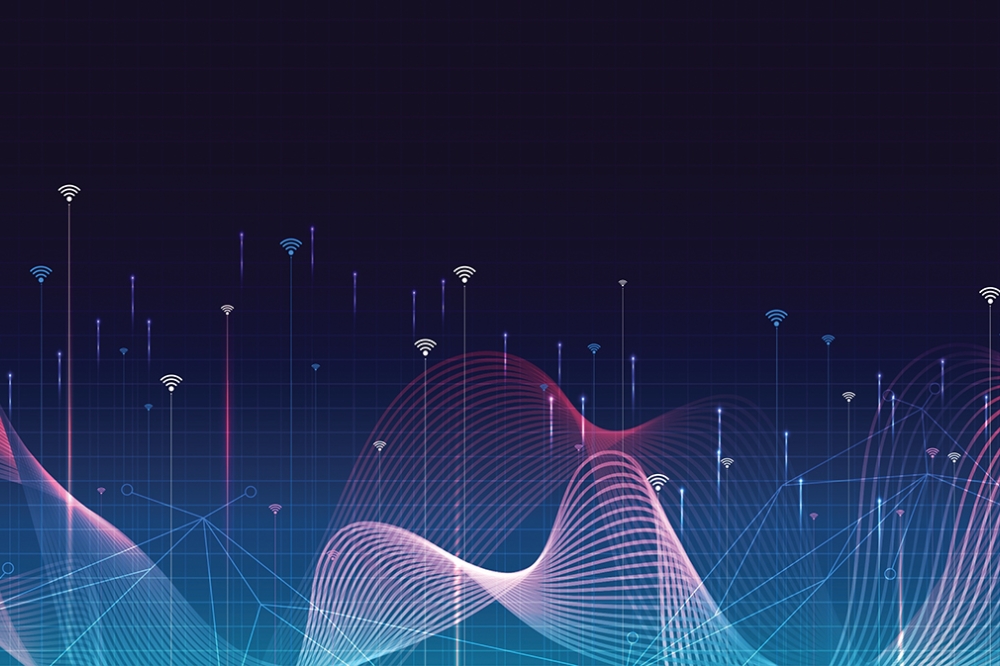Microwaved quantum dots
![]()
Scientists at Oregon State University have developed a new approach to making CuInSe2-based visible-light emitting quantum dots that they say could lead to a new generation of LED lighting that produces a more user-friendly white light. The same technology, they believe, could also improve lighting displays, computer screens, smart phones, televisions and other systems.
The method combines a continuous flow chemical reactor and microwave heating. Details of the work were published in the Journal of Nanoparticle Research.
According to the team, the continuous flow system is fast, cheap, energy efficient and will cut manufacturing costs. And the microwave heating technology will address a problem that has held back wider use of these systems, which is precise control of heat needed during the process. The microwave approach will translate into development of nanoparticles that are exactly the right size, shape and composition, say the scientists..
"There are a variety of products and technologies that quantum dots can be applied to, but for mass consumer use, possibly the most important is improved LED lighting," said Greg Herman, an associate professor and chemical engineer in the OSU College of Engineering.
"We may finally be able to produce low cost, energy efficient LED lighting with the soft quality of white light that people really want," Herman said. "At the same time, this technology will use nontoxic materials and dramatically reduce the waste of the materials that are used, which translates to lower cost and environmental protection."
Some of the best existing LED lighting now being produced at industrial levels, Herman said, uses cadmium, which is highly toxic. CuInSe2 is a more benign material with high-energy conversion efficiency.
The OSU scientists think that the manufacturing techniques being developed, which should be able to scale up to large volumes for low-cost commercial applications, will provide new ways to offer the precision needed for better colour control. OSU is already working with the private sector to help develop some uses of this technology, and more may evolve.
The research has been supported by Oregon BEST and the National Science Foundation Center for Sustainable Materials Chemistry.
'Structural and optical characterization of CuInS2 quantum dots synthesized by microwave-assisted continuous flow methods' by Fitzmorris et al; Journal of Nanoparticle Research July 2015


































